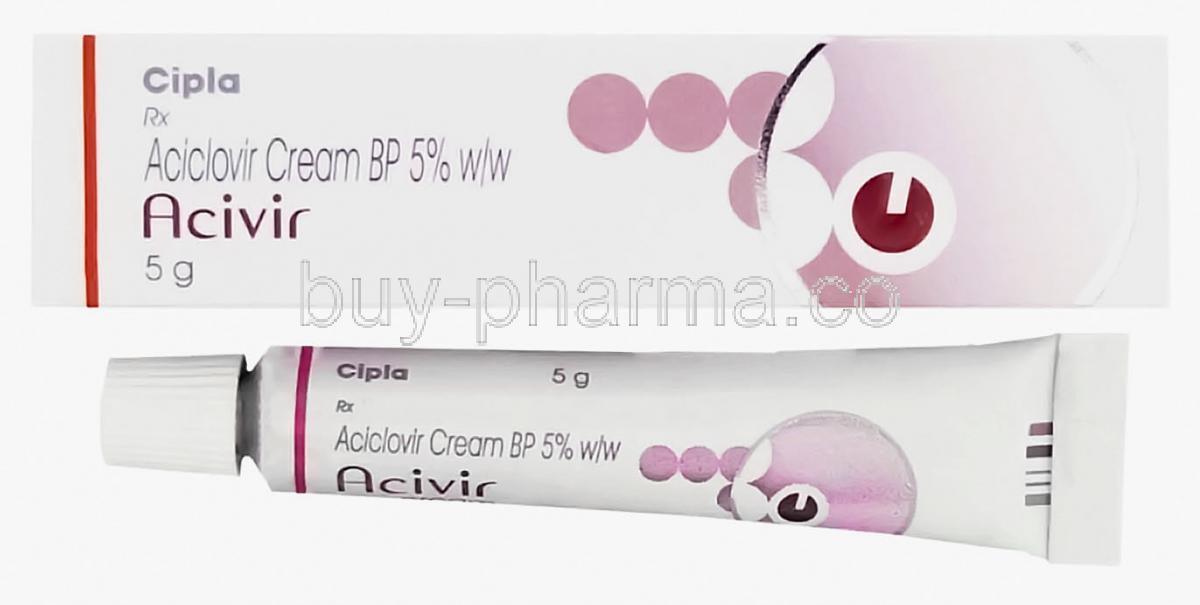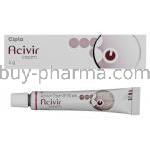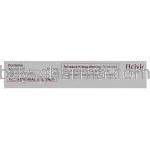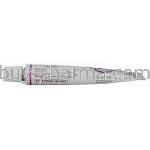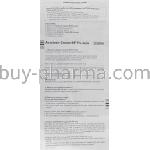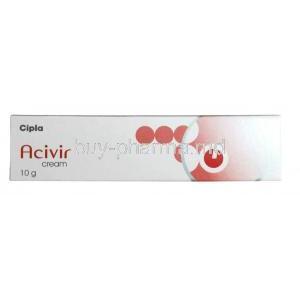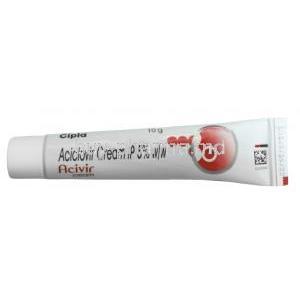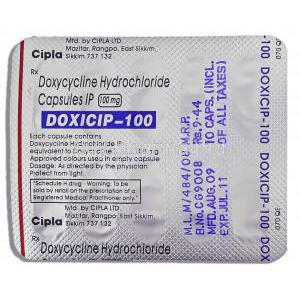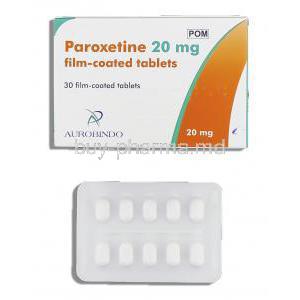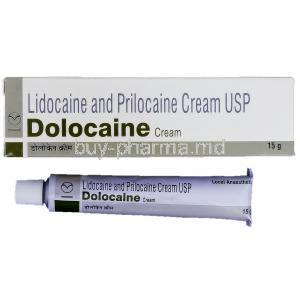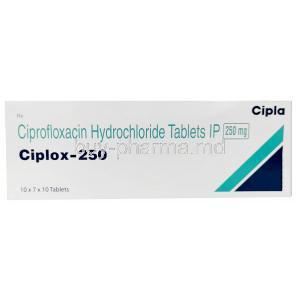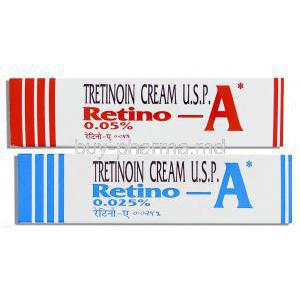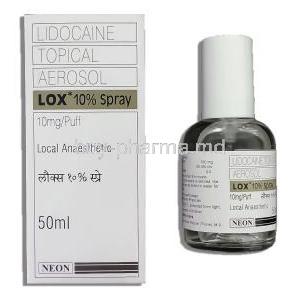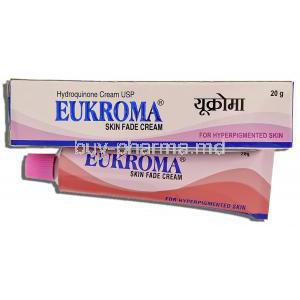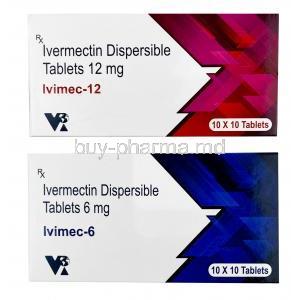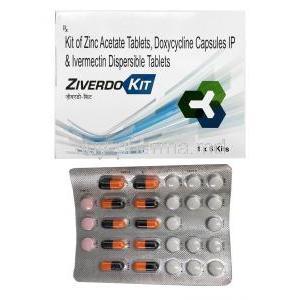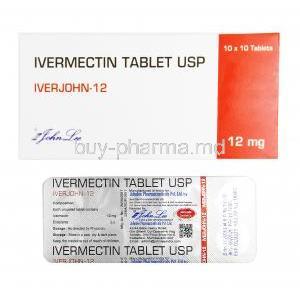Introduction to Acivir and Acyclovir Cream
Overview of Acivir as a Topical Antiviral Treatment
Acivir, a topical formulation of acyclovir, is widely used in the management of viral skin infections caused by members of the herpesvirus family. It delivers targeted antiviral action directly to lesions, helping to reduce discomfort and accelerate healing. Its convenient topical delivery makes it a mainstay for outpatient management of cold sores and genital herpes.
Classification: Nucleoside Analogue Antiviral
Acyclovir belongs to the class of nucleoside analogue antivirals. It mimics the natural nucleoside guanosine and interferes with viral DNA synthesis, effectively stalling viral replication.
Availability: Prescription and Over-the-Counter Variants
Acivir cream is available in both prescription and non-prescription strengths, depending on regional regulatory standards. In many countries, it is available OTC for self-limiting conditions like cold sores.
Common Brand Names and Global Availability
Globally, acyclovir topical preparations are marketed under various names, including Acivir, Zovirax, and Cyclovir. Availability may vary, but most formulations adhere to the same pharmacologic standards.
Composition and Formulation
Active Ingredient: Acyclovir USP and Concentration (e.g., 5%)
The primary active component of Acivir cream is Acyclovir USP at a concentration of 5%, which is standard across most therapeutic topical formulations for herpesvirus infections.
Inactive Ingredients and Excipients
The formulation typically includes components such as polyethylene glycol, propylene glycol, cetostearyl alcohol, white petrolatum, and water to ensure optimal absorption, stability, and consistency of the cream.
Available Formulations: Cream, Ointment, Dosage Strengths
Acivir is commonly offered in cream and ointment bases, both containing 5% acyclovir. Creams are often preferred for moist or weeping lesions, while ointments may be used for drier, crusted skin.
How Acivir (Acyclovir Cream) Works
Mechanism of Action: Inhibition of Viral DNA Polymerase
Once applied, acyclovir is selectively phosphorylated by viral thymidine kinase, converting it into its active triphosphate form. This metabolite inhibits viral DNA polymerase, halting viral replication without significantly affecting human host cells.
Targeted Viral Strains: HSV-1, HSV-2, and Varicella-Zoster Virus
Acivir is effective against herpes simplex virus type 1 (HSV-1), herpes simplex virus type 2 (HSV-2), and varicella-zoster virus (VZV), making it a versatile treatment for a range of viral dermatologic infections.
Effect on Viral Replication and Healing
While it does not eradicate the virus, Acivir cream shortens the duration of symptoms, reduces lesion size, limits viral shedding, and accelerates lesion crusting and re-epithelialization.
Approved Medical Uses of Acivir Cream
Treatment of Recurrent Herpes Labialis (Cold Sores)
Applied at the earliest sign of tingling or blistering, Acivir cream can significantly reduce cold sore outbreaks and speed resolution of lesions.
Genital Herpes Simplex (Initial and Recurrent Outbreaks)
Acivir offers symptomatic relief during episodes of genital herpes, reducing pain, burning, and duration of lesions when used promptly.
Herpes Zoster (Shingles) Adjunctive Topical Therapy
While oral antivirals remain the standard, topical Acivir can provide adjunctive benefit in localized shingles to reduce local discomfort and crusting.
Varicella (Chickenpox) Skin Lesions in Immunocompromised Patients
In vulnerable individuals with chickenpox, topical acyclovir may help reduce lesion viral load and prevent secondary bacterial infections.
Off-Label and Investigational Uses
Prophylactic Use for Cold Sores in Immunocompromised Individuals
In patients with frequent recurrences or immunodeficiency, daily or anticipatory use of Acivir cream may reduce frequency and severity of cold sores.
Application on Eczema Herpeticum Lesions
Although systemic therapy is standard, topical acyclovir may be used adjunctively in mild cases of eczema herpeticum to control localized viral activity.
Use in HIV-Positive Patients with Mucocutaneous HSV Infections
In individuals with HIV, Acivir cream may aid in managing prolonged or atypical herpes lesions when systemic options are limited.
Dermatological Use for Localized Viral Skin Infections
There are occasional dermatological off-label uses, including minor herpetic infections on non-typical sites or cutaneous HSV in transplant recipients.
Dosage and Administration Guidelines
Standard Adult Dosage and Frequency
The typical recommendation is to apply a thin layer of Acivir cream to the affected area five times daily at approximately 4-hour intervals for 4–5 days.
Duration of Therapy and Early Initiation Importance
Initiating treatment during the prodromal or early vesicular stage yields the most effective results. Delayed initiation may diminish the therapeutic benefits.
Application Instructions: Cleansing, Amount, Frequency
- Gently wash the lesion site with soap and water - Pat dry before applying cream - Use enough cream to cover the lesion and surrounding area - Wash hands thoroughly after application
Missed Dose Protocol and Reapplication After Washing
If a dose is missed, apply it as soon as remembered unless it is near the time for the next dose. Reapply after washing or bathing the area.
Tips for Optimal Therapeutic Efficacy
- Begin treatment at the first sign of symptoms - Avoid covering with occlusive dressings unless advised - Maintain strict hygiene to prevent spread of infection - Do not use on mucous membranes or inside the mouth
Common Side Effects of Acyclovir Cream
Local Skin Reactions: Burning, Stinging, or Itching at Application Site
One of the most frequently reported adverse effects of Acyclovir cream is localized skin irritation. Patients may experience a transient burning, stinging, or itching sensation upon application. These symptoms typically resolve on their own and are rarely severe enough to discontinue treatment.
Mild Dryness or Peeling
Some individuals may notice mild desquamation or peeling at the site of application. This is often the result of repeated use and is generally self-limiting. Moisturizing adjuncts should be used only under professional guidance.
Temporary Redness or Rash
Erythema or a mild rash may occur during the initial days of therapy. These are usually benign and do not signify an allergic reaction unless accompanied by swelling or systemic symptoms.
Serious and Rare Side Effects
Allergic Contact Dermatitis
In rare cases, patients may develop allergic contact dermatitis characterized by swelling, severe erythema, and vesiculation. Patch testing may confirm hypersensitivity in such cases.
Hypersensitivity Reactions
Systemic allergic reactions, though extremely rare, have been reported. Symptoms such as urticaria, angioedema, or anaphylaxis require immediate discontinuation and medical intervention.
Secondary Bacterial Infection Due to Open Lesions
Improper hygiene or excessive manipulation of herpes lesions may lead to superimposed bacterial infections. Signs include increased pain, pus formation, or spreading redness.
Drug Interactions and Compatibility
Interactions with Other Topical Dermatologic Treatments
Concurrent use with other topical agents, particularly those containing alcohol or irritants, may enhance local side effects and reduce therapeutic efficacy. Sequential application with a time gap is advised.
Caution with Concurrent Systemic Antivirals
While topical acyclovir has minimal systemic absorption, caution should be exercised if combined with oral acyclovir or valacyclovir to avoid cumulative dosing in renal impairment.
Considerations When Used with Corticosteroids or Immunosuppressants
Use alongside topical corticosteroids or systemic immunosuppressive agents may mask worsening of viral lesions or increase susceptibility to secondary infection.
Warnings and Safety Information
Avoidance of Mucous Membranes and Eyes
Acyclovir cream is formulated strictly for external cutaneous use. Contact with eyes, inside the mouth, or genital mucosa should be strictly avoided to prevent irritation and chemical conjunctivitis.
Risk of Transmission of Herpes Virus Despite Treatment
While acyclovir reduces viral shedding, it does not eliminate the risk of transmission. Patients should avoid skin-to-skin contact during active lesions.
Not a Cure for Herpes Infections
Acyclovir cream provides symptomatic relief and accelerates healing but does not eradicate the herpes virus from the body or prevent future outbreaks.
Contraindications for Use
Known Hypersensitivity to Acyclovir or Valacyclovir
Patients with a documented allergy to acyclovir or its prodrug valacyclovir should avoid this product entirely.
Severe Allergic Reactions to Cream Components
Individuals with hypersensitivity to cream base excipients (e.g., propylene glycol, cetostearyl alcohol) may experience adverse dermatologic reactions.
Not Intended for Ophthalmic, Oral, or Intravaginal Use
Misuse by application on inappropriate anatomical sites may lead to irritation, injury, or inefficacy. Specific formulations exist for these areas.
Guidelines for Careful Administration
Application in Individuals with Compromised Skin Barrier
In patients with eczema, burns, or other compromised skin conditions, increased absorption or irritation may occur. Monitor closely for adverse effects.
Use in Immunocompromised Patients: Benefit-Risk Assessment
In patients with HIV/AIDS, cancer, or post-transplant status, Acyclovir cream should be used with physician oversight due to the risk of severe, prolonged infections.
Handling Precautions to Prevent Viral Spread
- Wash hands thoroughly before and after application - Avoid touching unaffected areas immediately after applying the cream - Do not share the medication with others
Important Precautions and Patient Counseling
Avoid Sexual Contact During Outbreaks
Sexual activity should be avoided while lesions are present to reduce the risk of transmission, even when using barrier protection.
Avoid Occlusive Dressings Unless Directed
Covering the lesion with airtight dressings may trap moisture and increase irritation or secondary infection risk.
Maintain Hygiene to Prevent Lesion Contamination
Daily cleansing with mild soap and water is encouraged. Avoid scratching or picking at lesions.
When to Seek Medical Attention for Adverse Effects
Discontinue use and seek medical help if severe swelling, blistering, or signs of infection occur. Systemic symptoms such as fever or malaise warrant evaluation.
Use in Special Populations
Administration to Elderly Patients
Age-Related Pharmacodynamic Differences
Elderly individuals may experience altered dermal absorption or slower healing responses, necessitating close observation.
Potential for Increased Sensitivity to Topical Irritation
Reduced skin resilience with aging may predispose elderly users to greater irritation or dryness from topical agents.
Administration to Pregnant and Breastfeeding Women
Pregnancy Category and Evidence from Animal Studies
Acyclovir is classified as Pregnancy Category B. Animal studies have not shown teratogenic effects, but human data are limited.
Clinical Judgment in Topical Use During Pregnancy
Topical use is generally considered safer than systemic routes. However, it should only be used when the expected benefits outweigh potential risks.
Transfer of Acyclovir into Breast Milk: Risk Assessment
Systemic absorption from topical use is minimal. Thus, the risk to nursing infants is believed to be negligible, though caution is advised when applying near the breast area.
Administration to Children and Adolescents
Safety and Efficacy in Pediatric Herpes Simplex Infections
Acyclovir cream is considered safe for use in children above the age of 12 for herpes labialis. Pediatric use under 12 should be guided by a healthcare provider.
Dosing Adjustments or Special Precautions in Young Children
Reduced surface area and thinner skin in younger children may require dosage adjustment or shorter treatment duration.
Overdose and Accidental Ingestion
Symptoms of Topical Overdose or Accidental Oral Ingestion
Topical overdose is extremely rare but may lead to increased skin irritation. Accidental ingestion may cause gastrointestinal upset or headache.
First Aid and Emergency Measures
In case of eye contact, rinse thoroughly with water. For ingestion, do not induce vomiting; provide water and seek medical advice.
Poison Control Recommendations
Contact a poison control center or emergency medical services immediately for guidance on further management.
Storage and Handling Instructions
Ideal Temperature Range for Storage
Store at room temperature between 15°C to 25°C (59°F to 77°F). Avoid excessive heat.
Protection from Light and Freezing
Keep the tube tightly closed and protect from direct sunlight and freezing conditions.
Shelf Life and Expiration Handling
Check the expiration date before use. Do not use expired cream, even if it appears unchanged.
Safe Disposal of Unused or Expired Product
Do not flush unused cream down the toilet. Follow local regulations or consult a pharmacist for safe disposal methods.
Acivir, Acycolvir Cream FAQ
What is Acivir cream used for?
Acivir Cream is what you reach for when you're dealing with a herpes simplex virus infection that's affecting your skin. It's also super effective against cold sores.
How many times a day can you use Acivir cream?
Up to 5 times a day for 4 days
Can you use acyclovir cream on children?
Only for childrens 2 years old and up
What is acyclovir cream used to treat?
Acyclovir cream is used to treat symptoms of herpes infections of the skin.
How do I apply acyclovir cream?
Just apply a layer of cream on the affected area about five times a day.

